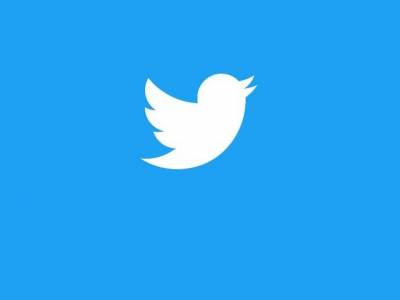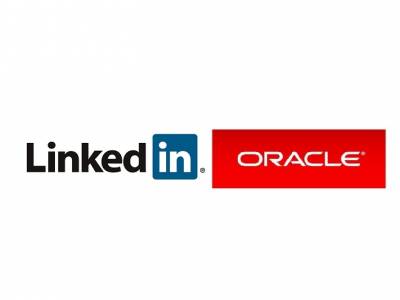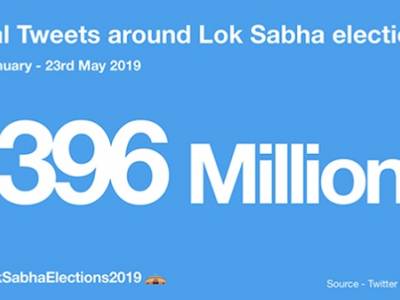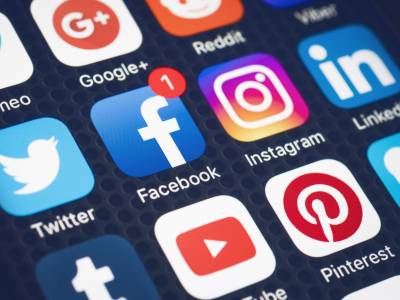Guest Column: Why CEOs should be on Twitter, Linkedin - Jaideep Shergill
It’s well established – and backed by solid research – that audiences trust a company more if its chief executive officer actively engages with them on Twitter or Linkedin (and increasingly on both).
Darren Childs (@DarrenMChilds), CEO of satellite and cable TV group UKTV, a major advocate of social media and active on Twitter, says it is essential on several fronts. UKTV began to realise that Twitter was increasingly where its audience was and that it could use the platform to activate millions of fans and drive them to viewership. “We were starting to realise that huge amounts of our audience — and opinion formers around what was good on television — were very active on Twitter, so we thought it was very important to engage with them,” says Childs.
Whether Twitter or Linkedin, engagement is about setting the tone for the company. Ronan Dunne (@ronandunneo2), CEO of mobile phone company O2, says, “I use it to let everybody know what I think is important that’s going on with the company, and that both works with opinion formers and journalists that follow me and journalists that I follow, but it also works with the staff as a great communication tool to let them know that: 1) engaged media is very important for our future, and 2) what’s at the top of my agenda.”
However, many are reluctant. Jacqueline Gold (@Jacqueline_Gold), CEO of lingerie retailer Ann Summers, admits to being worried about saying the wrong thing, looking like a fool or upsetting people. Now she has embraced Twitter, using it to establish her #WOW (Women on Wednesday) competition, which mentors women business owners who tweet her about their business questions.
Social media provides great opportunities for brands to engage with audiences. Twitter, in particular, has delivered Ann Summers something else: helped redefine brand perception and allow the business to reach people who might not have considered themselves customers.
Why LinkedIn?
- Image: By creating a professional profile, CEOs display accomplishments, education, company brand and endorsements. They can post status updates, job openings and new hires to show the success of the company. A CEO must have a very strong profile. An incomplete profile can hurt a company’s reputation and perception.
- Engagement: A LinkedIn profile allows better accessibility to audiences. When they feel they can interact with the CEO, it allows for a more personalised experience that creates trust. Most believe that a company whose C-suite executives use social media to communicate brand values is more trustworthy.
- Promotion: Part of having a strong LinkedIn profile is publicising your company’s products and services, and showing your personal experience and skills.
Also…
- LinkedIn advertising helps you reachspecific audiences. You can better target ads by utilising the CEO’s connections
- You are accessible not only though the website, but also through search engines
- The LinkedIn page could be the face of business for internal and external customers
- CEOs share content to establish thought leadership and industry influence
Why Twitter?
- Raise your brand’s profile: Twitter can raise your brand’s profile, online an offline. The more you interact with other leaders and customers, the more visible your company will become. By tweeting regularly, a CEO can effectively ‘speed up’ the process of building brand recognition and loyalty
- Thought leadership: By tweeting his or her thoughts about your industry, company news and related topics, your CEO can shoot up the influence ranks. Many CEOs have distinguished themselves as not only business leaders, but influential members of a community willing to share knowledge and grow ideas. They are looked up to by customers, partners and competitors. By using Twitter, CEOs can show that they understand, and can respond to, industry news in real time
- Plug in: Company leadership can quickly scan the latest news and thought pieces in your industry. They can see who’s vocal about various topics, what news is garnering attention, and what customers are interested in
- Crisis management: Your CEO can address issues during crises to inform and connect with the public. By tweeting transparently, leadership can show that they are unafraid to face challenges and may even stop a crisis before it gets out of hand
- Media relations: Speaking one-on-one to the press is a great way to network and make announcements. Many journalists use Twitter to source stories and conduct research. By connecting to those covering your industry, CEOscan form positive relationships with them. He or she can compliment them on a recent article, point them to industry news, and even offer to conduct an interview as an expert
This document is a collation of insights from various sources:https://blog.twitter.com/2013/why-ceos-should-be-on-twitter, http://www.adweek.com/digital/5-reasons-why-your-ceo-should-be-tweeting/, http://www.adweek.com/digital/5-reasons-why-your-ceo-should-be-tweeting/, https://www.circlesstudio.com/blog/why-your-company-leadership-should-have-strong-linkedin-profiles/
(Jaideep Shergill co-founded Pitchfork Partners Strategic Consulting LLP on New Year’s day, 2015. Pitchfork Partners is a new-age strategy consultancy, specialising in corporate and business issues that need holistic solutions. With an MBA in international business, Shergill until recently was the CEO of MSLGROUP in India.)



















Share
Facebook
YouTube
Tweet
Twitter
LinkedIn